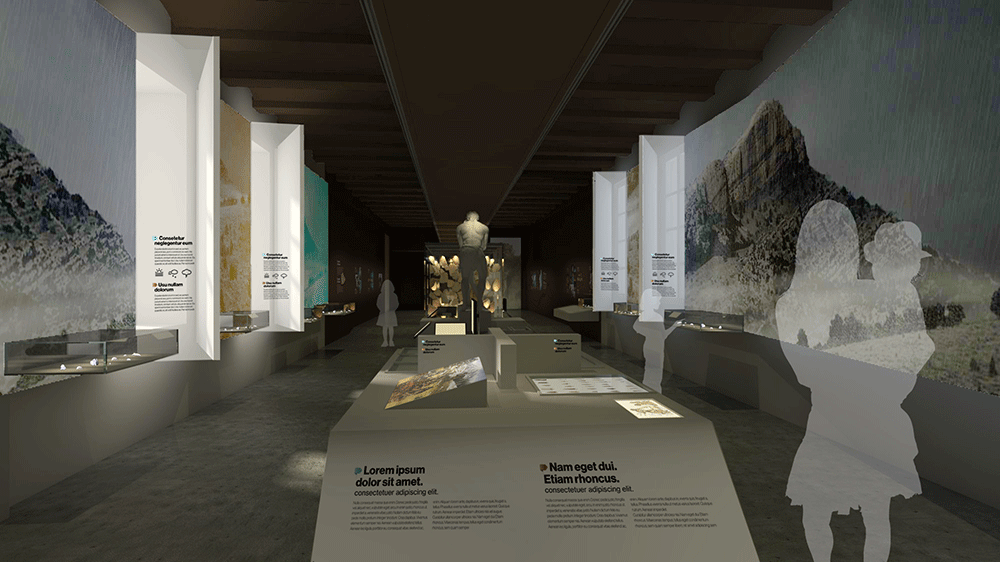Parpalló Cave in Gandía is home to traces of prehistoric cultures on the Iberian Peninsula. Inside, loads of wooden tablets with drawings hide 16,000 years of history. It is as significant in terms of historical heritage as it is enigmatic, with tablets left there at random intervals, sometimes more than 200 years apart, which brings up doubts as to how this ritual was passed down.
Now, however, the tablets have been taken from the cave and put in a museum so that people can visit the buried timeline of the cave. Making these remains of the past into an exhibition for the general public was a great challenge for Leve. Following the model used at the Mining Museum of the State of Mexico, where abundance is a virtue, we decided to display all the tablets at the end of the exhibition in cases simulating filing cabinets in the museum archives. A composition that at first glance gives an idea of the size of the discovery but that, up close, can be taken in one by one. Plus, they are in chronological order, as if the cave had been turned horizontally.
To give visitors some necessary context, the exhibition starts with a room with posters and screens explaining the archaeological difficulties of excavating in Parpalló Cave, giving some historical context and explaining the evolution of the archaeological site. It is a first point of contact that, with maps and images, allows visitors to imagine what prehistoric life was like in the area that currently comprises the central counties of the Valencian Community.
The central part of the exhibition takes some of the elements from the site and displays them on platforms shaped like worktables, telling about the people who inhabited those areas in prehistoric times. To do this, it also introduces reproductions of two hominids, a homo sapiens and a Neanderthal, to illustrate evolution.
This way, the three spaces play with the order of the discovery and the archaeologists to give visitors a complete view of the significance of the Parpalló tablets. The exhibit has an undisputed, competent chronology and distribution of elements to help visitors understand that the historiographical work isn’t finished and that, in fact, there are only a few samples of what covers 16,000 years of history.


